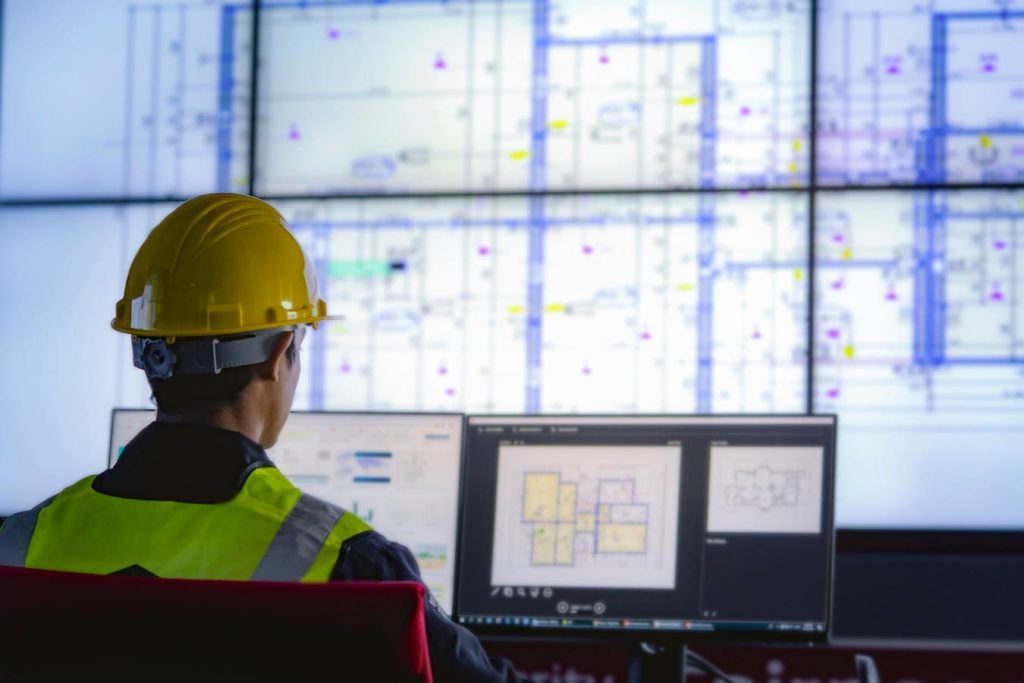Tayo Ayanlola, CEO of TAAG Development and director at NASA, believes that the merging of artificial intelligence (AI) and architecture is inevitable and presents significant opportunities for innovation in the industry. Drawing from his education and experience, Ayanlola sees the potential for AI to enhance traditional architectural processes, rather than replace them.
During a visit to Apple Park, Ayanlola was impressed by the integration of design creativity and cutting-edge AI technology in the building and surrounding site. The structure’s engineering showcases a fusion of form and function, highlighting its resilience against seismic events through advanced base isolation techniques. This serves as an innovative example of how AI can be integrated into architectural projects.
Ayanlola suggests that architectural leaders consider various aspects of AI integration, such as design exploration and optimization, parametric design, predictive analytics, and performance simulation. By incorporating AI-driven generative design tools, architects can unleash their creativity and explore unconventional design possibilities. Additionally, predictive analytics and performance simulation can provide insights into how buildings will perform under different conditions.
Advancements in AI and robotics also have the potential to revolutionize the construction industry by streamlining processes, reducing costs, and improving safety. AI-driven construction robots can perform tasks such as site preparation, material handling, and assembly with precision and efficiency. This could accelerate the construction timeline and minimize errors in building projects.
Furthermore, AI can enable the development of adaptive and responsive architecture that can dynamically adjust to changing environmental conditions and user needs. Smart building technologies, powered by AI, can autonomously control building functions to enhance energy efficiency and occupant well-being. While the integration of AI into architectural practices presents exciting opportunities for innovation, it also raises important considerations regarding ethics, privacy, and equity.
Architects must navigate the ethical implications of AI-driven design decisions to ensure that technology is used responsibly and inclusively for the benefit of society as a whole. The integration of AI into architectural practices has the potential to redefine how buildings are designed, constructed, and operated. However, it is essential to address the challenges and potential issues that may arise with the adoption of new technologies like AI in the architecture industry.













